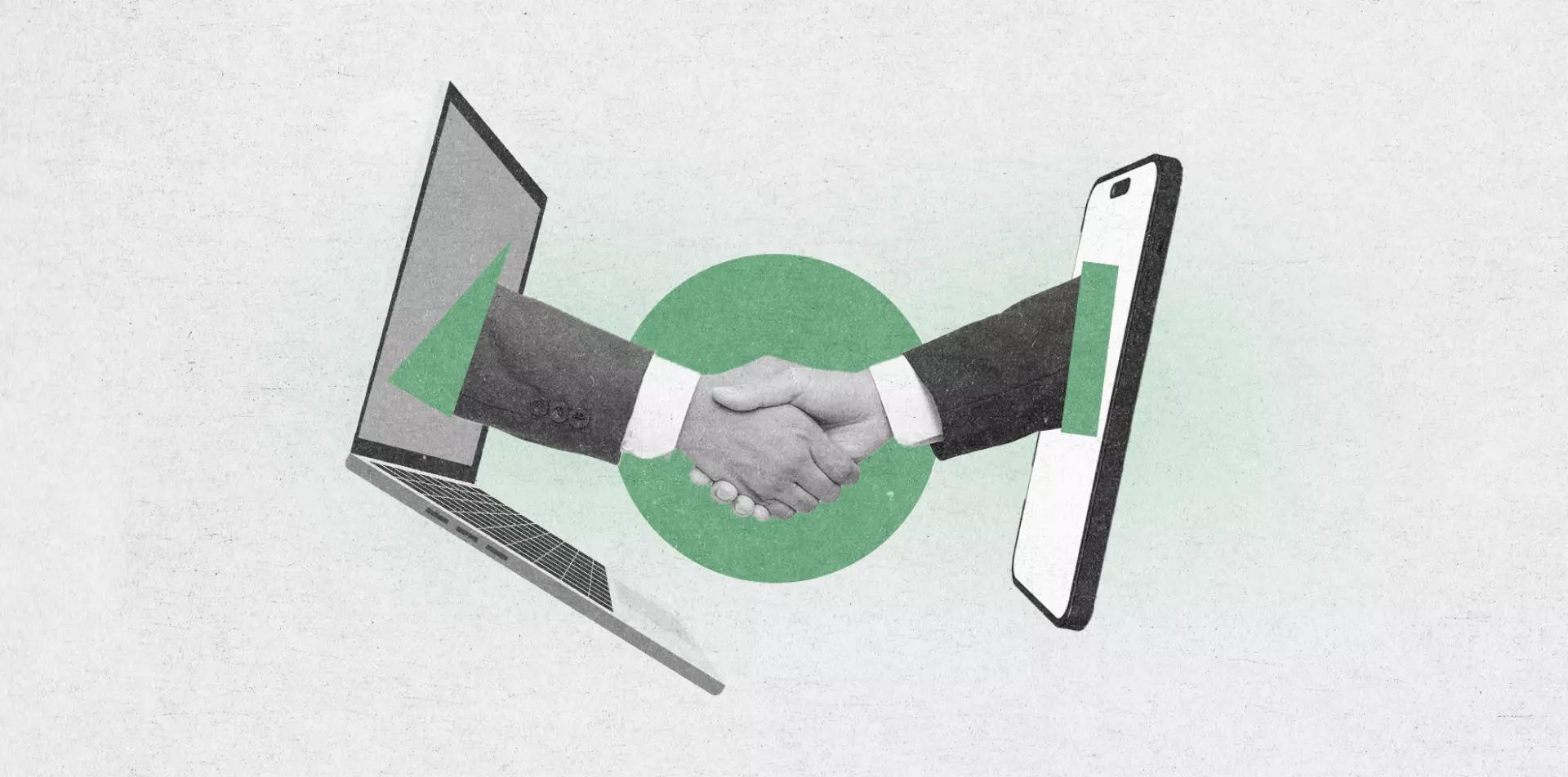
Personalization in the realm of modern marketing has evolved far beyond the simple inclusion of a recipient’s name in an email’s subject line.
It extends across the entire buyer journey, recognizing that each visit, email open, or interaction represents just a fragment of a prolonged digital engagement with your brand. The ultimate goal is to fortify the relationship between each individual customer and your brand on a broad scale.
However, the challenge lies in ensuring that customers do not feel overly surveilled, underscoring the importance of approaching personalization with sensitivity and nuance.
The stumbling blocks in personalization
In today’s world of abundant choices and high expectations for convenience, tailoring shopping experiences is vital for engaging customers, boosting sales, and building lasting relationships.
Technology allows for personalized customer interactions, with retails adapting to individual preferences even before customers arrive on their websites. However, many well-intentioned businesses make common personalization mistakes that hinder their success.
To maximize your e-commerce site’s potential and foster customer relationships, we are highlighting these common errors made by major brands to help you excel in e-commerce.
Failing to collect and utilize data efficiently
Many brands repeatedly struggle not only with collecting quality data but also with effectively utilizing it to optimize their e-commerce sites. Valuable insights from purchase histories and browsing behavior are often overlooked.
To avoid this, establish a strong data collection system, invest in tools for tracking and integrating data, and use analytics platforms like GA4 to drive actionable insights. As your e-commerce expands, consider advanced platforms for a more comprehensive understanding of data sourcers, facilitating tailored and personalized shopping experiences.
Overlooking segmentation and targeting
Expanding brands should prioritize effective audience segmentation to deliver personalized content. Neglecting this can result in generic experiences that fail to engage customers. To stay competitive, divide your audience based on preferences and behavior, creating distinct buyer personas.
Utilizing tools like Conversion Rate Optimization Roadmapping can provide insights and action plans for compelling customers journeys, reducing abandonment rates.
Overwhelming customers with choices
Too many choices can deter customers from making purchases, as demonstrated by numerous case studies our team did, like MOD Lighting and Diggs, which showed increased sales when options were reduced. In e-commerce, overwhelming customers with generic product suggestions causes confusion and frustration.
Brands should find a balance by offering choices to boost average order value (AOV) while ensuring personalized recommendations. Investing in advanced product recommendations systems and utilizing machine learning and AI in the onsite search engine can provide specific and relevant suggestions based on customer data, enhancing the overall shopping experience.

Neglecting omnichannel personalization
Many retailers, both B2C and B2B, face the challenge of customers using diverse digital, physical, and virtual touchpoints before making purchases. A common mistake is having excellent personalization on the digital store but lacking consistency across the entire digital ecosystem, leading to customer frustration.
To address this, it is crucial to integrate personalization efforts across all channels, ensuring a seamless experience for customers regardless of the platform or device. Retailers should assess customer interactions, reevaluate technology stacks if needed, and consider adopting a composable commerce model for a more tailored and cohesive customer experience, ultimately boosting engagement and increasing sales.
Lack of testing and iteration
Retailers often overlook the importance of thorough testing in e-commerce personalization, mainly due to limited time, resources, or knowledge. Effective personalization requires tailored approaches for specific segments, products, and business models. Without a consistent testing framework, personalization efforts can quickly become outdated in a fast-paced market.
To address this, implement rigorous A/B testing on messaging, recommendation strategies, and user interfaces. Analyze results, refine tactics based on customer segments, and ensure continuous monitoring and adaptation to maintain a highly personalized customer experience. If you need help with A/B testing, our teams at sogody.com or croproof.com can assist you.
In conclusion, personalization is no longer optional; it is essential for brands to engage distracted customers effectively. By avoiding common mistakes and implementing effective strategies, e-commerce businesses can create unique experiences that drive sales and foster lasting customer loyalty.
Share with your network
Latest updates
The space to share experiences, engage and learn from the Sogody team. Join the conversation by contacting us.

29 April 2024
The Power of Chatbots and Virtual Assistants: Revolutionizing Customer Service

